Cat on a Hot Tin Roof (1958)

Introducing Cat on a Hot Tin Roof (1958): A Timeless Cinematic Triumph of Passion and Truth
Step into the sultry, emotionally charged world of Cat on a Hot Tin Roof, the 1958 film adaptation of Tennessee Williams’ Pulitzer Prize-winning play. Directed by Richard Brooks and starring Elizabeth Taylor and Paul Newman in career-defining roles, this Southern Gothic masterpiece remains a cornerstone of American cinema. With its searing exploration of family dysfunction, suppressed desires, and the struggle for truth, the film captures the raw intensity of Williams’ work while delivering a visually stunning and emotionally resonant experience. Here’s a comprehensive look at this iconic film, perfect for fans and newcomers alike.
A Literary Classic Brought to Life
Tennessee Williams’ 1955 play Cat on a Hot Tin Roof stunned audiences with its bold themes of greed, deceit, and unspoken love, earning the Pulitzer Prize for Drama. The 1958 film, produced by MGM, adapts the play for a broader audience, navigating the era’s strict censorship under the Hays Code while preserving the story’s emotional core. Though some of the play’s explicit references to homosexuality were softened to appease censors, the film retains the play’s scorching dialogue and psychological depth, making it a landmark in adapting stage works for the screen.
Set on a sprawling Mississippi Delta plantation, the story unfolds over one tumultuous night, weaving a tapestry of family secrets, rivalries, and raw human vulnerability. The film’s ability to balance theatrical intensity with cinematic flair—through lush cinematography and intimate close-ups—has cemented its status as a classic, celebrated by critics and audiences for over six decades.
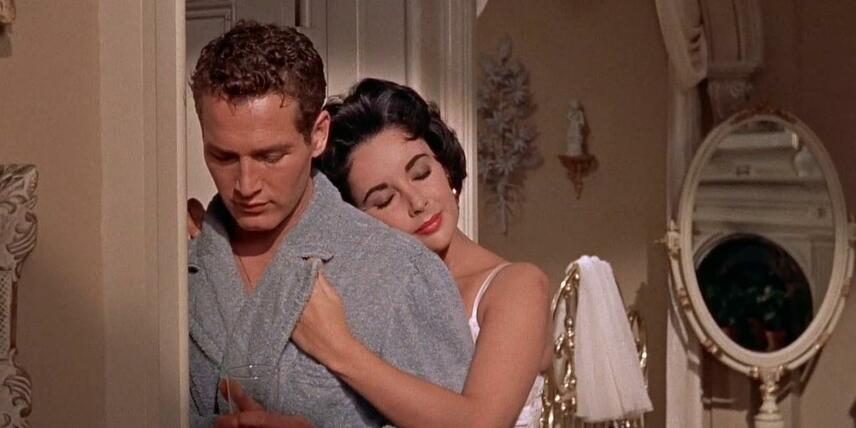
Plot: A Family on the Edge
Cat on a Hot Tin Roof centers on the wealthy but fractured Pollitt family, gathered to celebrate the birthday of patriarch Big Daddy (Burl Ives) amid rumors of his terminal illness. At the heart of the story is Brick Pollitt (Paul Newman), a former football star turned alcoholic, grappling with the death of his friend Skipper and the strained relationship with his wife, Maggie “the Cat” (Elizabeth Taylor). Maggie, fierce and desperate to secure her place in the family, fights to rekindle Brick’s passion and claim their share of Big Daddy’s fortune, all while navigating the schemes of Brick’s brother Gooper (Jack Carson) and his wife Mae (Madeleine Sherwood).
The narrative unfolds as a pressure cooker of revelations, with each character confronting lies, greed, and “mendacity”—a term Brick uses to describe the hypocrisy that poisons the family. From Maggie’s seductive determination to Big Daddy’s blunt confrontations, the film explores themes of mortality, repressed desire, and the search for authenticity. Its iconic lines, like Maggie’s declaration that she’s “not living with you, we occupy the same cage,” resonate with raw emotional power, making it a gripping drama that transcends its 1950s setting.
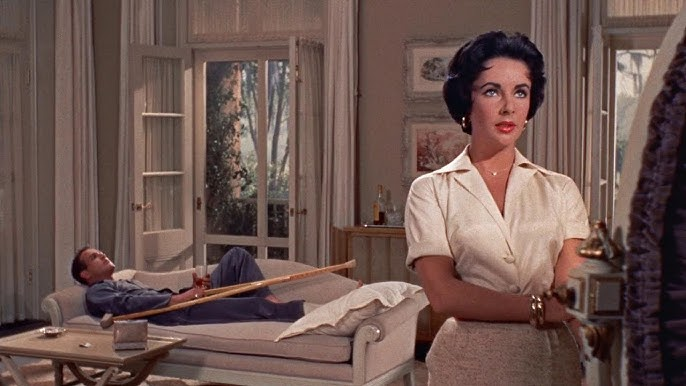
Cast: Powerhouse Performances
The film boasts an extraordinary ensemble, led by Elizabeth Taylor as Maggie, whose smoldering intensity and vulnerability earned her an Oscar nomination. At 26, Taylor delivers a career-defining performance, blending sensuality with desperation as a woman fighting for love and security. Paul Newman, as Brick, matches her with a brooding, soulful portrayal of a man broken by grief and guilt, earning his own Oscar nomination. Their chemistry—electric and fraught—anchors the film, making their scenes crackle with tension.
Burl Ives, reprising his Broadway role as Big Daddy, brings a commanding presence, balancing gruff authority with surprising tenderness. Judith Anderson as Big Mama delivers a heart-wrenching performance as the overlooked matriarch, while Jack Carson and Madeleine Sherwood add sharp-edged venom as the conniving Gooper and Mae. The ensemble’s ability to embody Williams’ complex characters elevates the film, with each actor delivering lines that have become legendary in American theater and cinema.
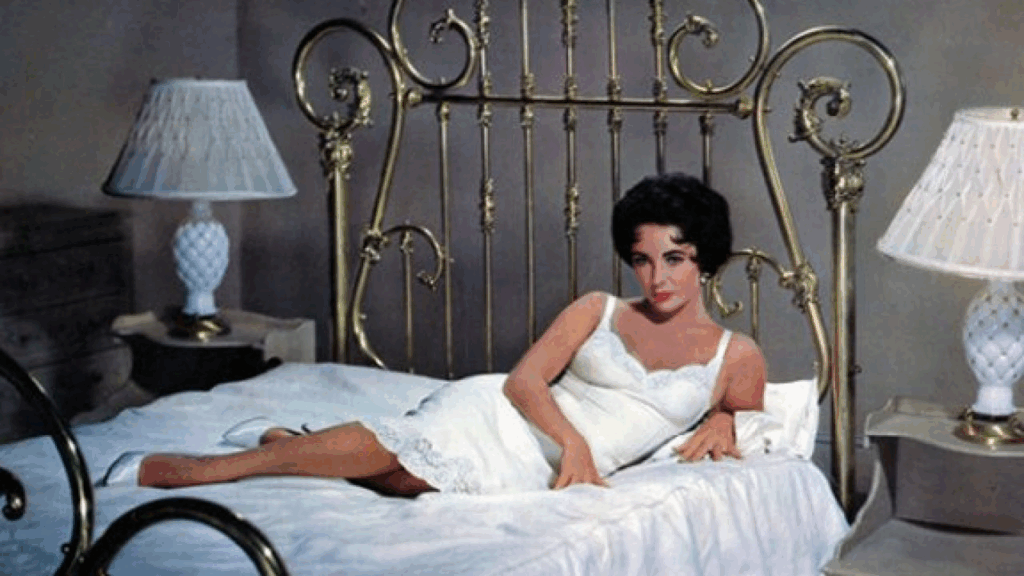
Cinematic Craft: A Visual and Emotional Feast
Directed by Richard Brooks, Cat on a Hot Tin Roof transforms the stagebound play into a cinematic triumph. Cinematographer William H. Daniels uses vibrant Technicolor to capture the opulent yet oppressive plantation setting, with sweat-soaked close-ups and shadowy interiors amplifying the story’s claustrophobic tension. The film’s pacing, clocking in at 108 minutes, maintains the play’s single-night timeline, creating a sense of urgency as secrets unravel.
Max Steiner’s understated score enhances the emotional stakes without overwhelming the dialogue-driven narrative. The film’s set design, from the grand plantation house to Brick and Maggie’s stifling bedroom, mirrors the characters’ inner turmoil, with every detail—down to the titular “hot tin roof”—symbolizing their precarious existence. Despite censorship constraints, Brooks deftly conveys the play’s subtext through loaded glances and suggestive dialogue, preserving its emotional authenticity.
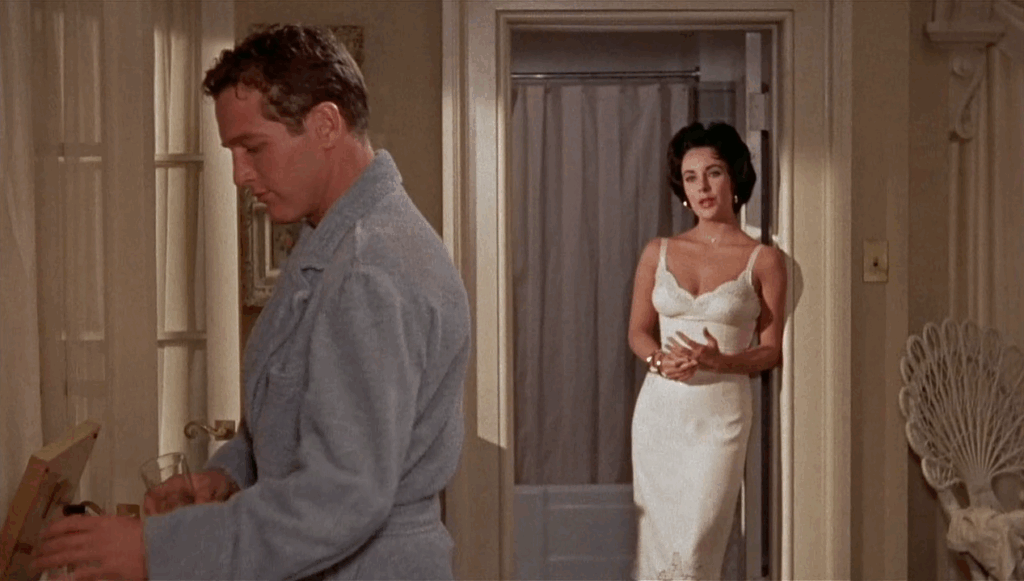
Cultural Impact and Legacy
Released on September 20, 1958, Cat on a Hot Tin Roof was a critical and commercial success, grossing $17.5 million worldwide and earning six Academy Award nominations, including Best Picture, Best Director, and Best Adapted Screenplay. Though it didn’t win any Oscars, the film’s influence endures, with its exploration of family dynamics and suppressed truths resonating across generations. It remains a staple in film studies, praised for its performances and its bold tackling of taboo topics like sexuality and mortality within the constraints of 1950s Hollywood.
The film also marked a turning point for its stars. Elizabeth Taylor, already a Hollywood icon, solidified her status as a dramatic powerhouse, while Paul Newman’s performance propelled him to leading-man stardom. For Tennessee Williams fans, the film is a faithful yet accessible adaptation, balancing the play’s intensity with cinematic appeal. Its influence can be seen in later family dramas and Southern Gothic works, from A Streetcar Named Desire (1951) to modern series like Succession.
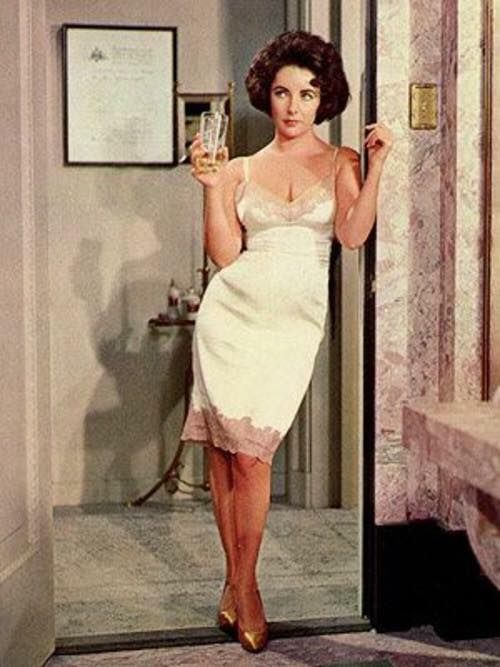
Why It’s a Must-Watch
Cat on a Hot Tin Roof is a masterclass in storytelling, acting, and adaptation. Its exploration of universal themes—love, betrayal, and the courage to face truth—makes it as relevant today as it was in 1958. Whether you’re drawn to Elizabeth Taylor’s magnetic performance, Paul Newman’s raw vulnerability, or Tennessee Williams’ poetic dialogue, the film offers something for everyone: a steamy romance, a family saga, and a meditation on human fragility.
Available on streaming platforms like HBO Max, Criterion Channel, and Amazon Prime (as of 2025), the film is perfect for a movie night or a deep dive into classic cinema. Pair it with a discussion of the original play or its 1984 TV adaptation for a richer experience. For fans of drama, it’s an unmissable journey into the heart of a family on the brink—and a testament to the enduring power of Tennessee Williams’ vision.
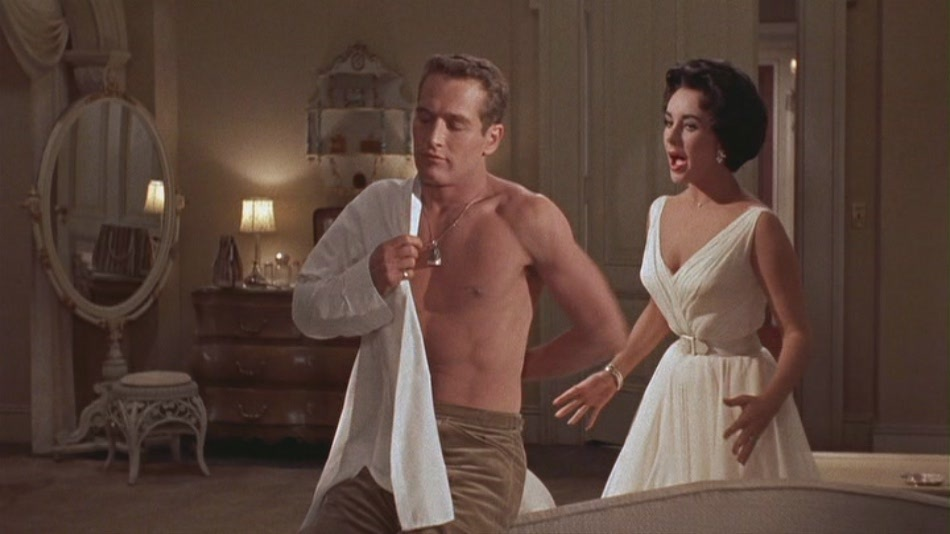
Join the Conversation
Step into the heat of Cat on a Hot Tin Roof and discover why this 1958 gem remains a cinematic treasure. Share your thoughts on Maggie’s fire, Brick’s pain, or Big Daddy’s larger-than-life presence. Have you seen the play or other adaptations? Let us know your take on this classic, and dive into the passion and mendacity of the Pollitt family!